I Was at Home, But (Ich War Zuhause, Aber) press conference with Angela Schanelec, Maren Eggert and Jakob Lassalle
Angela Schanelec’s film I Was at Home, But (Ich War Zuhause, Aber) is an essayistic feature which tackles questions about the difficulty of art while simultaneously probing at the challenges of a single mother grappling with the stress of her recently returned son. During the press conference, the director was confronted with the question of how she responds to criticism, simplified how she conveys a cinematic process of transformation and explained her ambiguous title which “relates to the family story but doesn’t have to be repeated”. Though it is a complicated movie, the idea came from a simple story of “a boy who comes back home and who is in a state that suggests that he was out in the wild in nature.”
The film has very specific camerawork and deals predominantly with long, static shots. When asked why she chose this particular style she answered plainly, “When you switch on the camera, it is static. I only want to move it when there is a reason. The reason for moving it results from a scene. It is not only that the camera is steady, but that it cannot be anything but steady. I couldn’t have shot it in a different manner; it wouldn’t have made any sense at all. There was no other alternative available than that. I didn’t want to be to close”. Her cinematographer conceded that it was “an aesthetic decision we agreed early on”. The filmmaker feels what is happening is nothing that belongs to her, so how could she let her camera intrude on the scene?
The stasis imbues the film with intense power. When asked about Schanelec’s style of directing, Maren Eggert explained, “For me, it was very natural. Of course, there are also these static moments. I wouldn’t say that I normally work differently; It’s a natural way of doing things. You get instructions and there is, of course, the script. I tried to find a way into that.” Jakob Lassalle added, “Angela said don’t try to act it, just do it. That is the most natural way.” Clara Möller was also told to navigate the role in a natural way: “Angela always said it must come from inside myself. Not just saying the words but thinking something about the words for myself.”
Schanelec addressed the subtle emergence of humour in the film. She explained, “I think the film is often funny. I like it that way. Humour is a logical thing and definitely, some things in this film are funny. Of course, many people think of humour as a punchline. That’s why you’re not seeing the humour that you’re used to.”
There are two distinct musical moments in I Was at Home, But. The first is a rendition of Moon River, sung by Jakob Lassalle to his sister. The second is a cover version of David Bowie’s iconic Let’s Dance. Schanelec explained, “When I use music it’s a very special part. I don’t choose a soundtrack just because you have to have one. When I met Jakob for the first time and he sang the song, I just remembered it. The second song [Let’s Dance] was unusual for me. I can’t tell you why I did it.”
There is a scene in the feature in which Astrid tells her son’s teacher that “every judgment is unthinkable and unfair”. In this vein, the writer-director was asked how she views criticism. She bluntly asserted the inescapable truth, which is that she can’t “prevent it from being criticised.” She hopes people will be open-minded but claimed that, essentially, the critic doesn’t matter.
Mary-Catherine Harvey
Photo: Tobia Schwartz/ Getty Images
I Was at Home, But (Ich War Zuhause, Aber) does not have a UK release date yet. Read our review here.
Read more reviews from our Berlin Film Festival 2019 coverage here.
For further information about the event visit the Berlin Film Festival website here.
Watch a clip from I Was at Home, But (Ich War Zuhause, Aber) here:


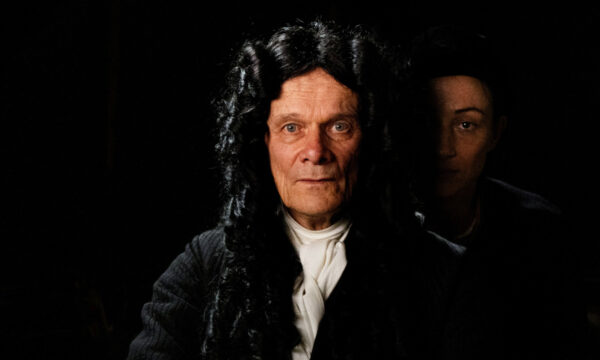
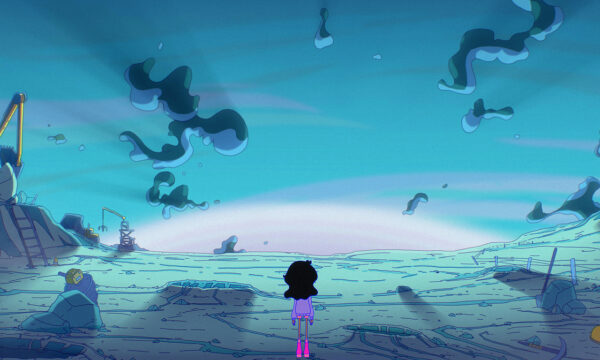
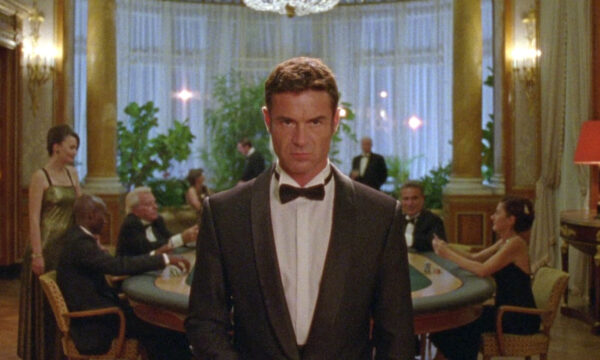
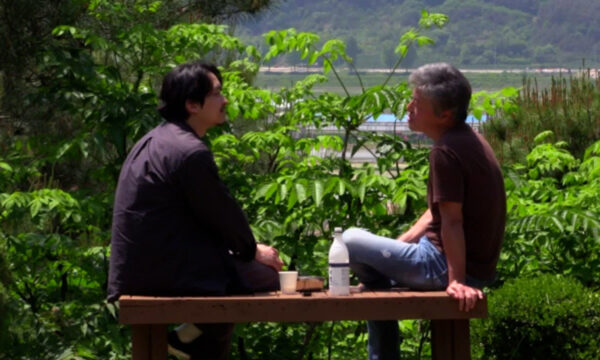
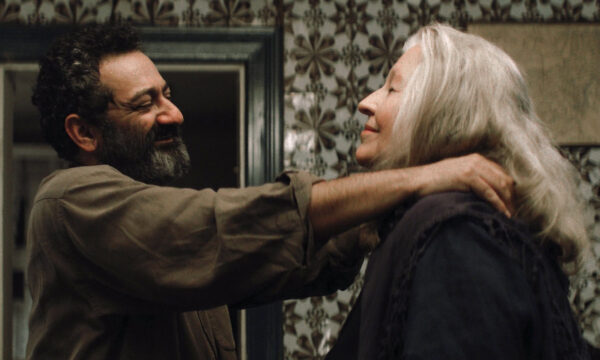
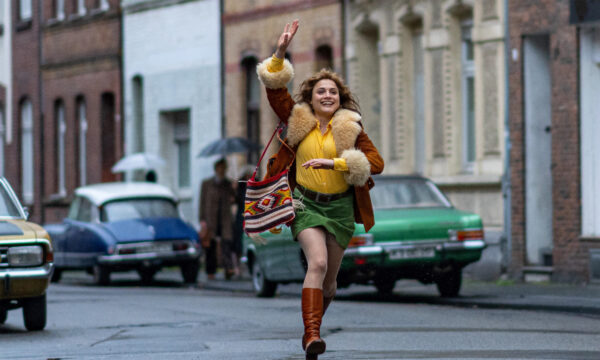
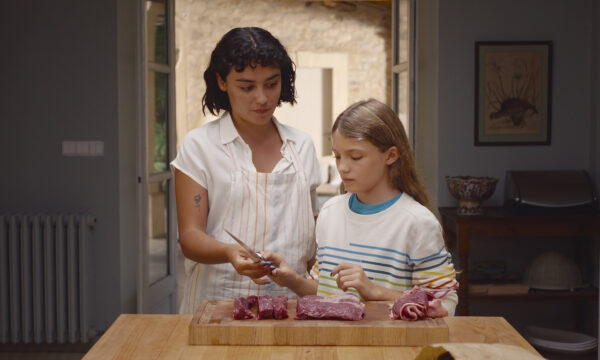
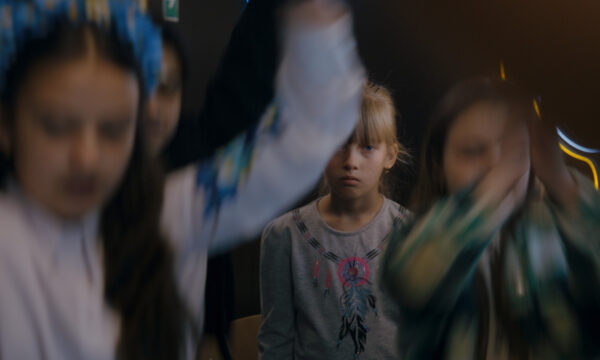














Facebook
Twitter
Instagram
YouTube
RSS